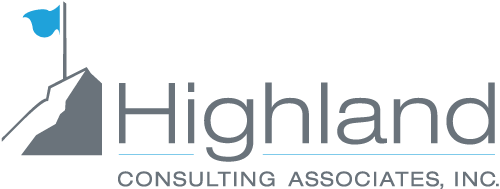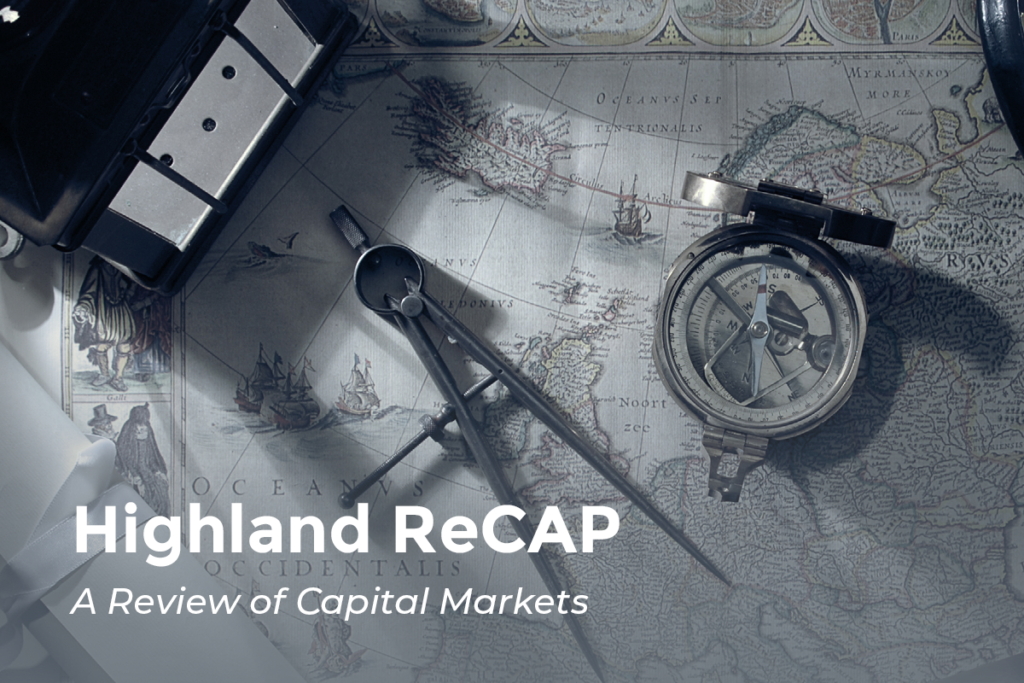Glide Path 2025: Does Heightened Market Volatility Require a Change in Strategy?

Photo credit: Unsplash
Highland addressed this topic in 2023, reflecting on the previous year’s challenges and the looming threat of a recession. While the financial landscape has evolved, certain concerns persist. However, the dominant force shaping market volatility in 2025 has been policy shifts, primarily from the new administration, with less emphasis on monetary and fiscal policies.
In response to persistently higher interest rates, market participants have recalibrated their expectations for risk and reward, reshaping the performance outlook for both equity and fixed-income investments. Trade policies, including new tariffs and shifting global agreements, have introduced uncertainty into international markets. Additionally, proposed regulatory and tax reforms have indirectly reshaped corporate financial strategies, as organizations decide the highest and best use for capital in uncertain times.
Despite these fluctuations, pension plans must remain focused on their objectives, ensuring their risk budget and glide path strategies align with the economic environment rather than reacting impulsively to near-term volatility. Strategic adaptation—not reaction—is key to maintaining financial stability and optimizing pension outcomes.
What Are Glide Paths and Why Do They Matter?
A pension’s glide path provides a structured approach to asset allocation, designed to reduce funded status volatility and preserve financial gains as funding improves. Well-funded plans can leverage this strategy to gradually de-risk portfolios, shifting from higher-risk assets (like equities) to more stable hedging instruments. Additionally, organizations may implement risk transfer strategies such as lump sum windows or plan terminations.
The widespread adoption of glide paths can be traced back to the Pension Protection Act of 2006 and the aftermath of the Global Financial Crisis (GFC) of 2007-2008. The crisis saw a dramatic decline in pension funded status, from 104% at the end of 2007 to 74% in February 2009, as the S&P 500 declined approximately 55% from peak to trough.[i] In response, corporate pension sponsors sought strategies to reduce exposure to extreme market downturns while maintaining steady growth.
Where Are We Now: Does Your Glide Path Need Adjusting?
Since the GFC, pension funded status has steadily improved. Pension funded status for the S&P 1500 increased 1% in April to 104% as the rise in discount rates offset a small decrease in domestic equities.[i]
Yet, strength does not eliminate the need for review. While stability persists, not all plans have a defined glide path—and those that do may not have been reassessed in light of recent policy driven uncertainty. Now is the time to Revisit, Review, and Revise:
- Revisit the merits of a glide path and consider implementing one if your plan has yet to do so.
- Review your existing glide path to ensure it accounts for shifts in inflation, corporate financial conditions, and funding strategies.
- Revise your glide path if it no longer aligns with current forecasts, regulatory changes, and organization objectives.
As institutional advisors, our role is to provide clear, objective guidance based on thorough analysis—not short-term speculation. We encourage clients to establish and maintain the course, avoid reactionary adjustments, and refine strategies methodically rather than responding hastily to market swings. By adapting strategically, rather than overreacting near-term events, pension plans can navigate uncertainty while maintaining desired stability.
Highland can support your plan’s evaluation and help structure adjustments that align with your funding goals, ensuring a steady path forward. Contact Mike Paolucci, mpaolucci@highlandusa.net or 440-808-1500.
[i] S&P 1500 Pension Funded Status Increased by One Percent in April
Highland Consulting Associates, Inc. was founded in 1993 with the conviction that companies and individuals could be better served with integrity, impartiality, and stewardship. Today, Highland is 100% owned by a team of owner-associates galvanized around this promise: As your Investor Advocates®, we are Client First. Every Opportunity. Every Interaction.
Highland Consulting Associates, Inc. is a registered investment adviser. Information presented is for educational purposes only and is not intended to make an offer of solicitation for the sale or purchase of specific securities, investments, or investment strategies. Investments involve risk and unless otherwise stated, are not guaranteed. Be sure to first consult with a qualified financial adviser and/or tax professional before implementing any strategy discussed herein. Past performance is not indicative of future performance.



